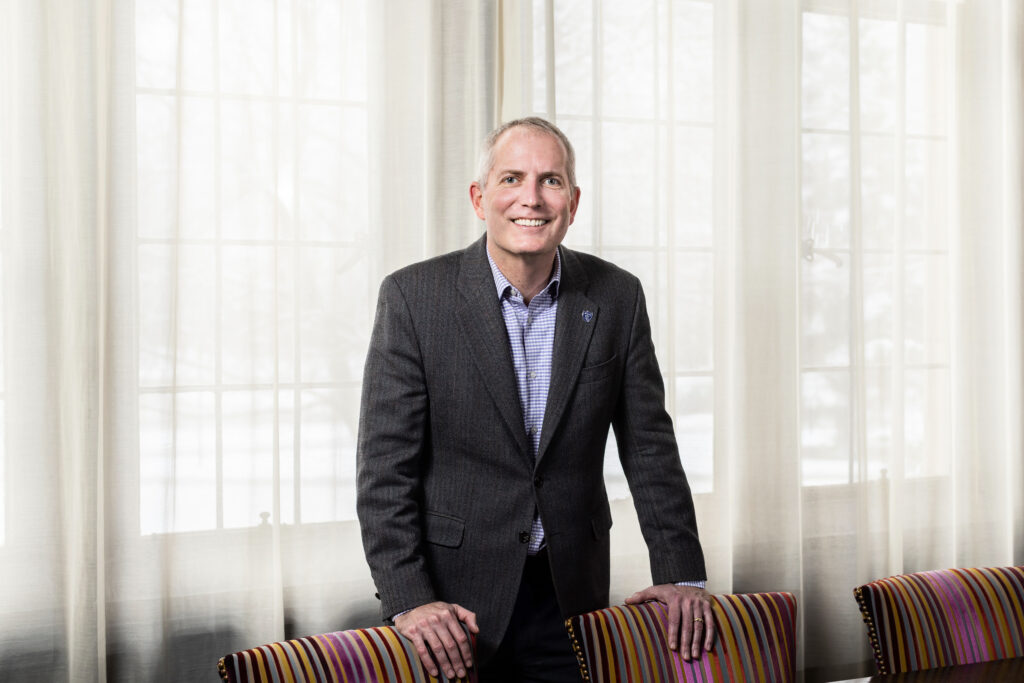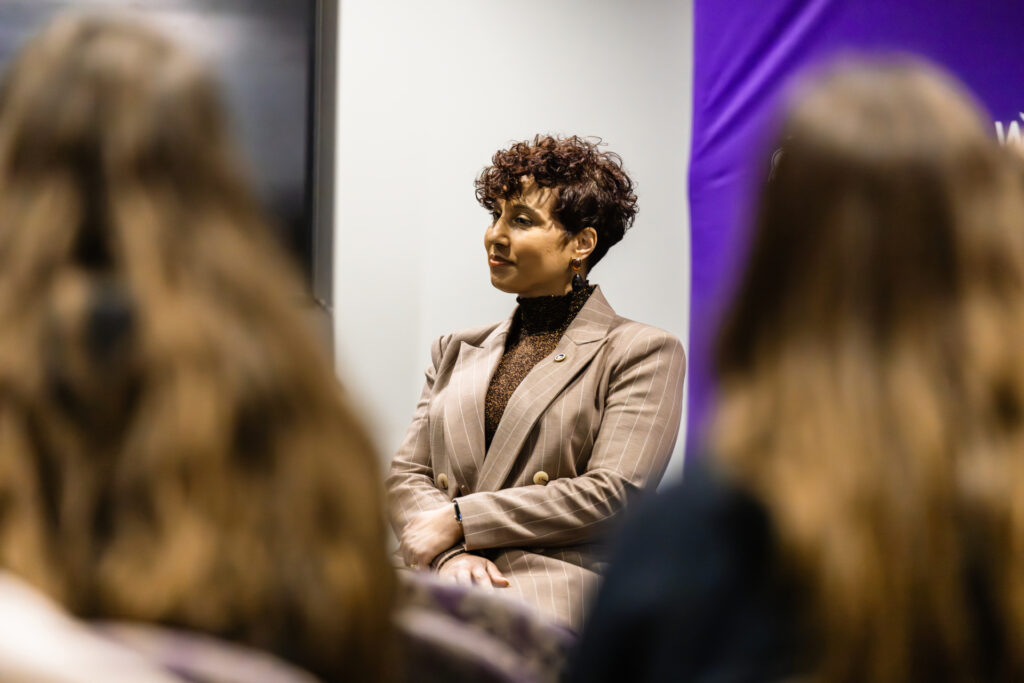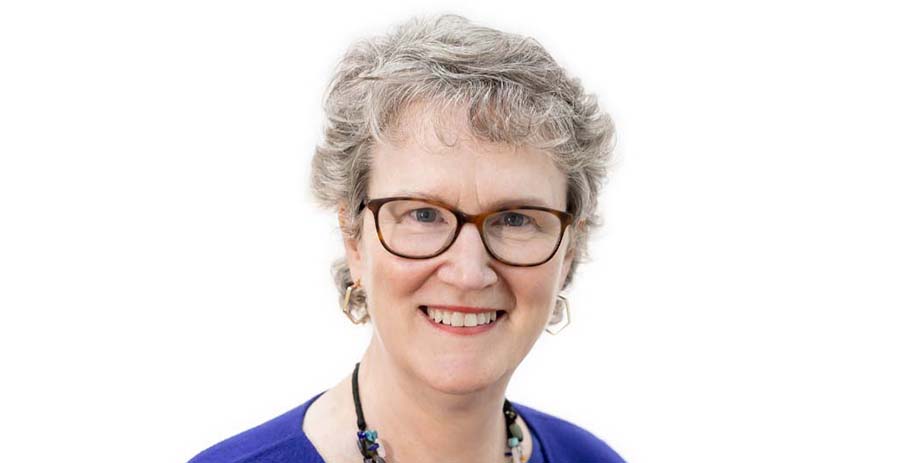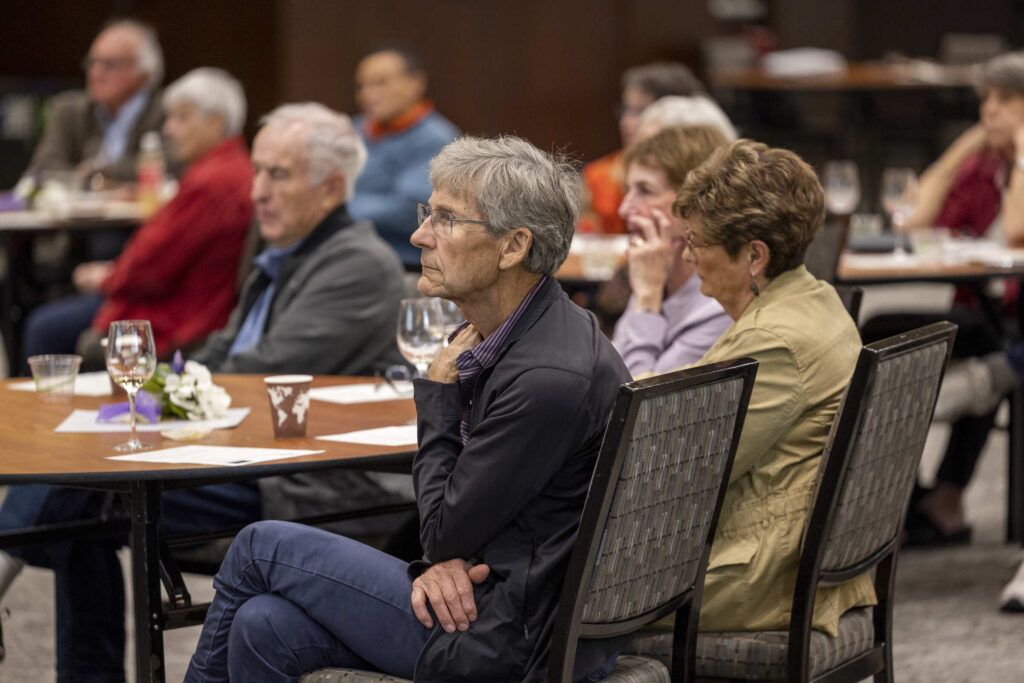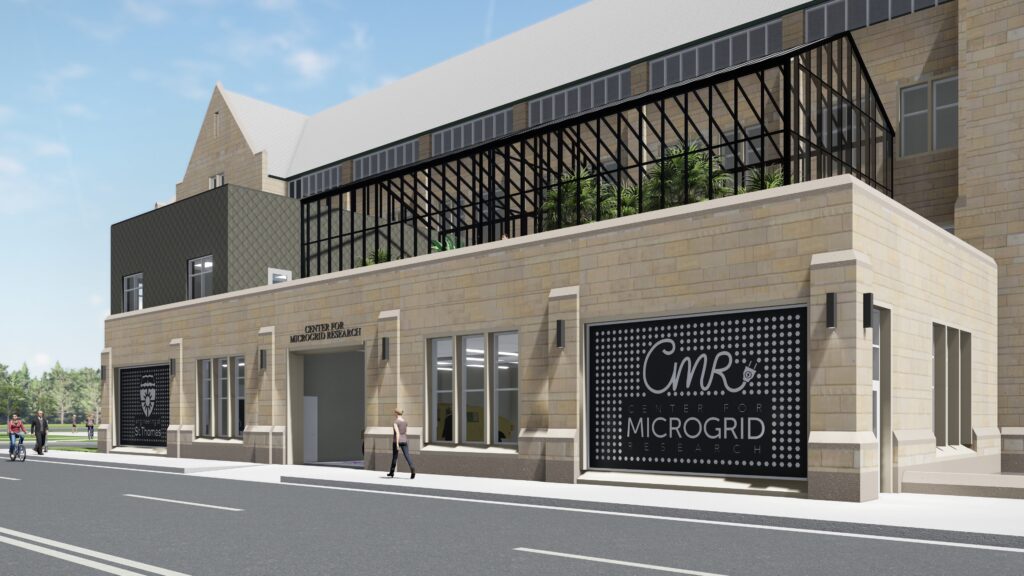Trustees approve FY '10 university budget, set tuition rates
Tuition rates will increase 5.9 percent for undergraduate students and for most graduate students beginning this summer, the St. Thomas Board of Trustees has decided.
The board approved the increases Feb. 19 as part of the university's 2009-2010 budget, and agreed with the administration's recommendation to wait until this fall to determine whether faculty and staff will receive pay increases during the new fiscal year, which begins July 1.
"This has been the most difficult budgeting process in recent memory," said Dr. Mark Dienhart, executive vice president and chief operating officer. "The weakened economy, changing demographics of high school graduates and the uncertain impact of those conditions on this fall's freshman class have meant that we have had to closely examine our cost structures and how we manage the university's finances."
The recession and stock market crisis will have a significant impact on the university's budget because less income will be drawn from endowment and other invested assets that have lost more than $90 million, or 22 percent, in value since June 30, said Mark Vangsgard, vice president for business affairs and chief financial officer. Budget managers have reduced their non-compensation budgets by 10 percent for this fiscal year, which ends June 30, and were asked to budget no increase in discretionary non-compensation budgets for next year.
Decisions on pay increases will be made after St. Thomas has a clearer indication if fall enrollment will meet projections. Vangsgard said the university would like to carry out a pay increase plan that at the least would cover any projected increases in health care expenses in 2010. The university has been diligent in preparing expense budgets for next year, he said, and has developed a list of additional actions that might be necessary if economic conditions worsen or fall enrollment targets are not met. No layoffs are planned at this time, he added.
Undergraduate tuition of $28,944, when combined with a 4.1 percent average increase in room rates, a 7.2 percent increase in board rates, and technology and student activity fees totaling $523, will result in comprehensive costs of $37,509 for incoming freshmen. That will be a 5.9 percent increase over this year's comprehensive fee of $35,434. (See tables for details.)
The new undergraduate tuition rate of $904.50 per credit will cover all courses except those in business and quantitative methods-computer science, which will be $949.50 per credit, or 5 percent higher than other courses because of the higher cost of faculty associated with these areas.
Tuition rates for next year have not been set at all of Minnesota's private colleges, but St. Thomas expects to remain moderately priced for its undergraduate programs. This year, St. Thomas ranks ninth in tuition, seventh in room and board, and eighth in comprehensive fee among the 17 institutions that are members of the Minnesota Private College Council. (See table for details.) Over the last five years, St. Thomas has had the third-lowest comprehensive fee increase, at 5.5 percent, compared to a council-wide average of 6.3 percent.
Vangsgard said funds generated from tuition increases will help pay for ongoing and special expenses necessary to continue to provide a high-quality education. Specifically, these expenses include:
- Undergraduate financial aid. St. Thomas will increase its financial aid budget by 8.1 percent, thus lowering the gross tuition increase of 5.9 percent to a net tuition increase of 4.7 percent. The financial aid budget has increased an average of 12.4 percent a year over the last six years, effectively lowering the net tuition increase during that time period to 3.5 percent per year.
More than 80 percent of undergraduate students – and virtually every freshman – receive financial aid through scholarships, grants, loans and campus employment. St. Thomas subsidizes the education of all undergraduate students, including those who do not receive financial aid, because tuition covers only 80 percent of instruction-related expenses. The remaining 20 percent comes from gifts, endowment and investment earnings, and contributed services of religious personnel.
- New faculty. A limited number of new faculty positions have been approved. "Our focus for the short-term future needs to be on retaining current faculty positions rather than on hiring additional new faculty," said Dr. Susan Huber, interim executive vice president and chief academic officer.
- Medical expenses. Expenses associated with the health benefit plan for employees are expected to increase 10.5 percent in 2010 on top of a projected increase of 10.8 percent this year. St. Thomas covers 80 percent of the health-care costs, with employees picking up the balance.
- Building projects. Major improvements on the St. Paul campus will include a new roof on the Summit Avenue Classroom Building, upgraded fire alarm systems in John Paul II and Cretin halls, new hot water tanks in Dowling Hall, modernization of campus elevator controls to conform with code changes, new air handlers in the original section of the O'Shaughnessy-Frey Library Center and new hot water converters in Murray-Herrick Campus Center. Hot water converters also will be replaced in Terrence Murphy Hall on the Minneapolis campus, and a new roof and windows will be installed at the Bernardi Campus in Rome.
Construction will begin in May on the Anderson Athletic and Recreation Complex on the site of Schoenecker Arena, Coughlan Field House, Foley Theater and Lot E. This project will be financed by gifts and bonds sold by the university, and the associated interest and operating expenses of the new building will be covered by gifts. There will be no impact on the 2009-2010 operating budget.
- Technology improvements. This summer, St. Thomas plans the second year of a three- to four-year Digital Convergence Initiative. The multi-million dollar project is designed to upgrade network wiring in older buildings, increase capacity on the wired and wireless networks and provide a single converged network for voice, video and data. When completed, the new network will provide students, faculty and staff with greater Internet capacity and speed, access to greater online services for instruction and business functions, and increased security. In addition, St. Thomas will increase its connectivity to the Internet to meet campus demand and will roll out the new Enterprise Portal project for students.
- Laboratory equipment. Purchases will be primarily for the sciences and engineering and will include an explosion-proof refrigerator, an oscilloscope, a spectrum analyzer, an ergometer and a vertical mill. A new biology laboratory will be constructed in Owens Science Hall, and a second laboratory will be re-equipped.
- Library collections. St. Thomas expects to add 7,000 books over the next year. Some digital journals will be added as well as archival journal content and new media, such as streaming audio and video files. The breakdown between print and digital expenditures will continue to widen, with the majority of acquisition budgets going to electronic cont
ent.
- Non-compensation expenses. Increases in this category will be largely tied to projected higher utilities costs, building repairs and maintenance.
St. Thomas again expects to enroll a freshman class of more than 1,300 this fall. That would be the fifth straight year of freshman classes averaging above 1,300 – others were 1,322 in 2008, 1,314 in 2007, 1,299 in 2006 and a record 1,325 in 2005. Graduate programs generally are projecting stable enrollment but are concerned about the recession, diminishing corporate subsidies for employees' tuition, and increasing competition from other schools.
Vangsgard will hold information sessions on next year's budget on Thursday, March 12, and Monday, March 16. Both sessions will be from noon to 1 p.m. in Room 155, Murray-Herrick Campus Center, and will be open to faculty, staff and students.
